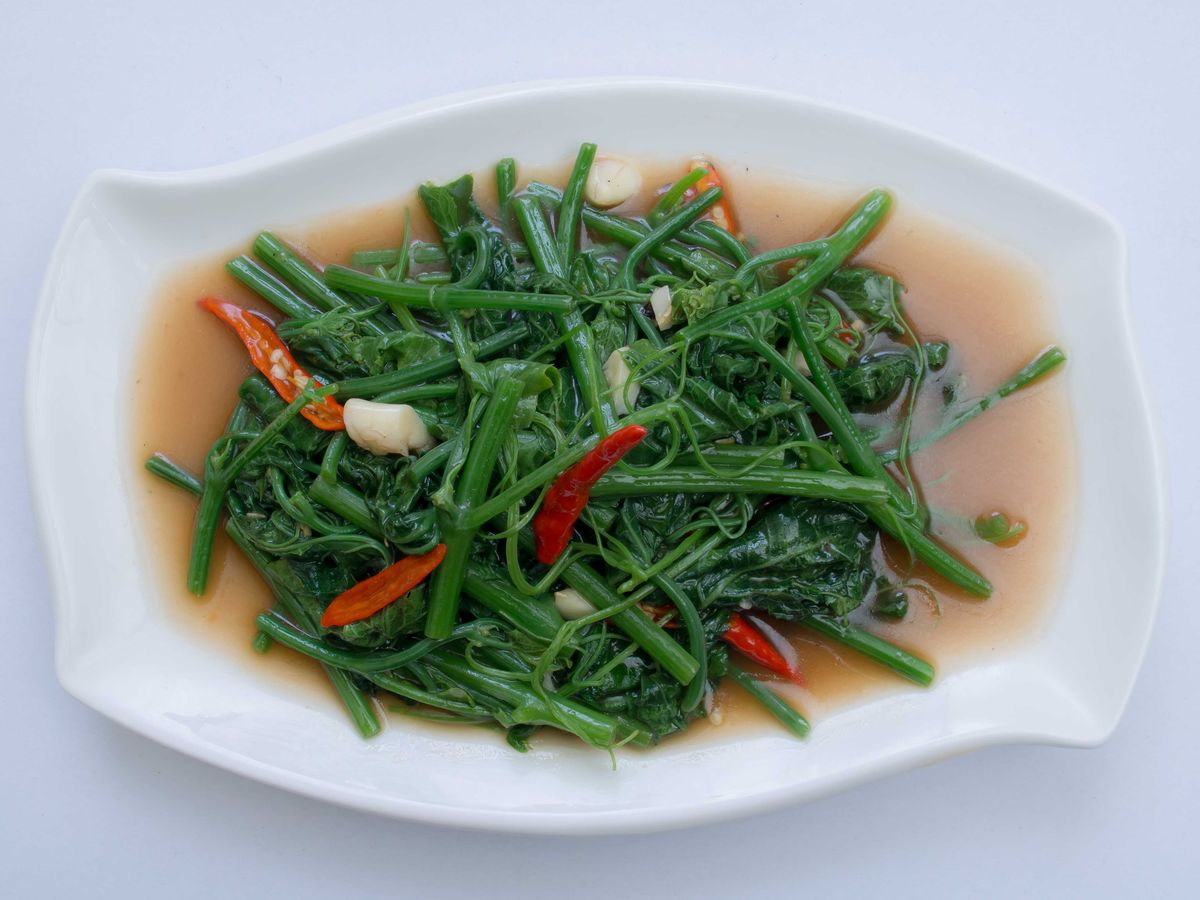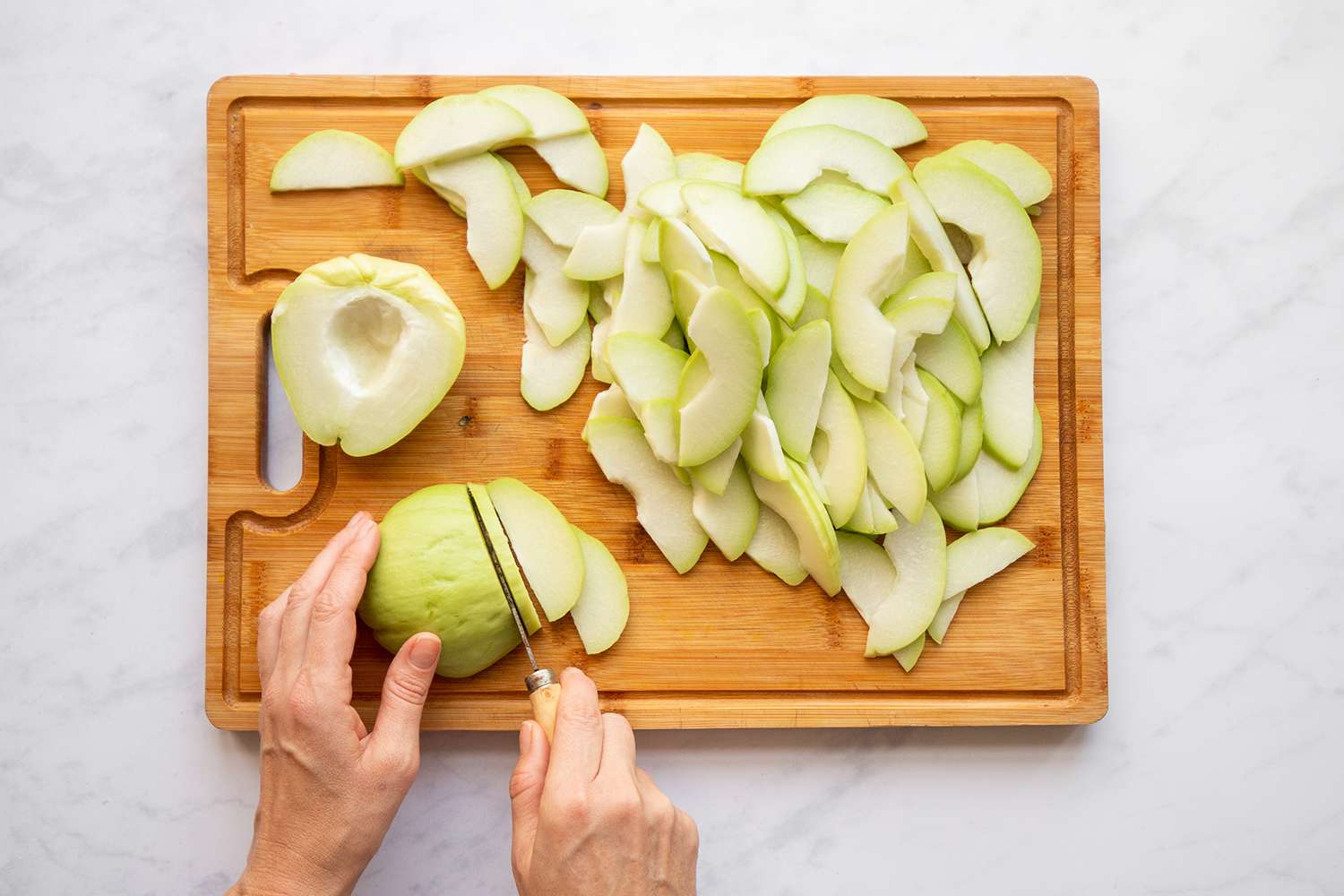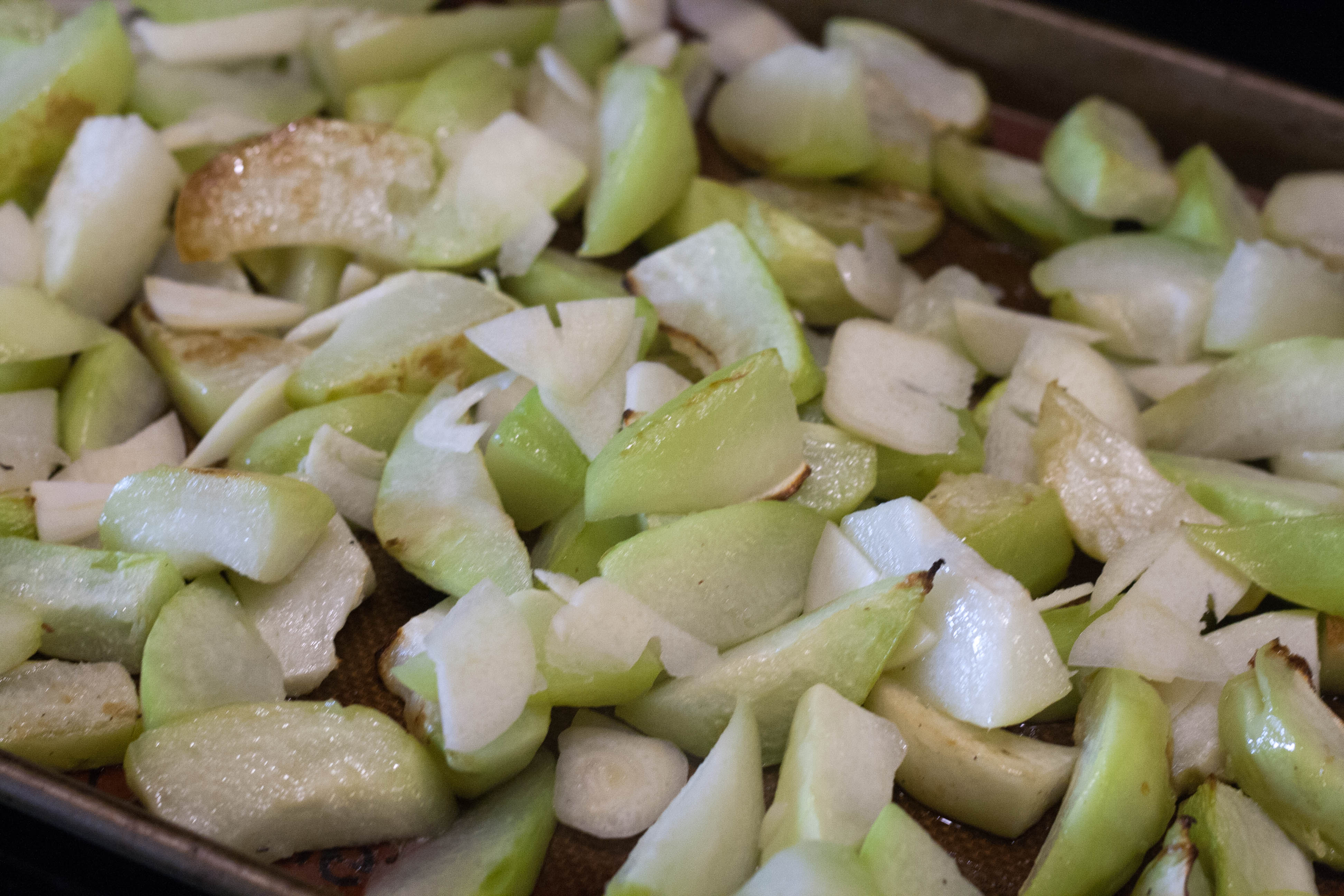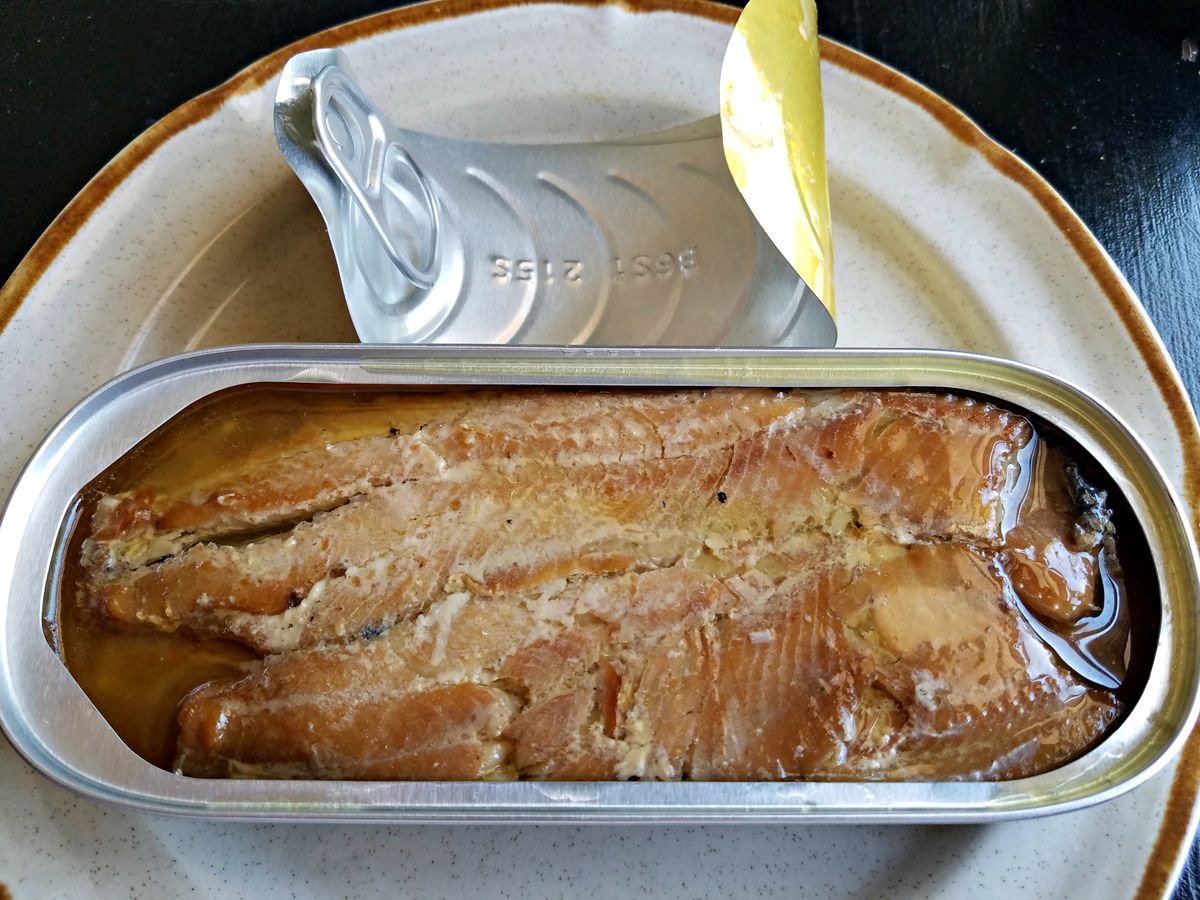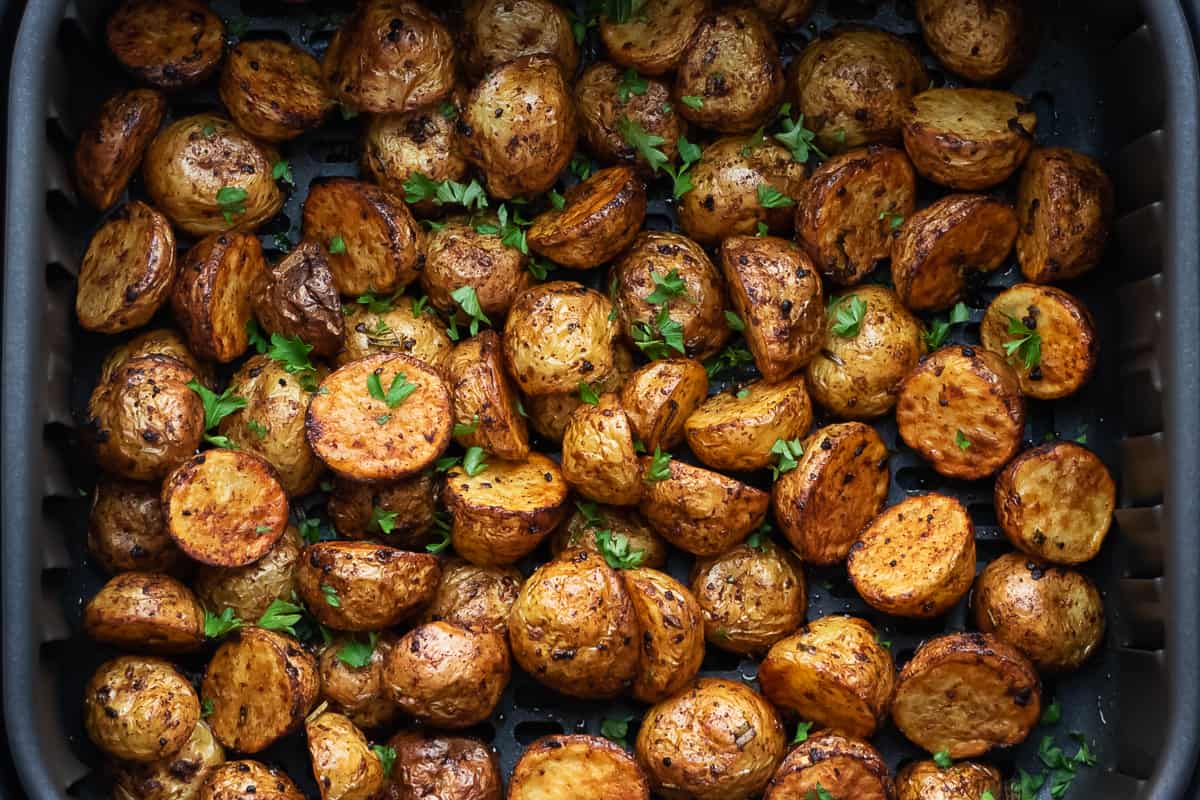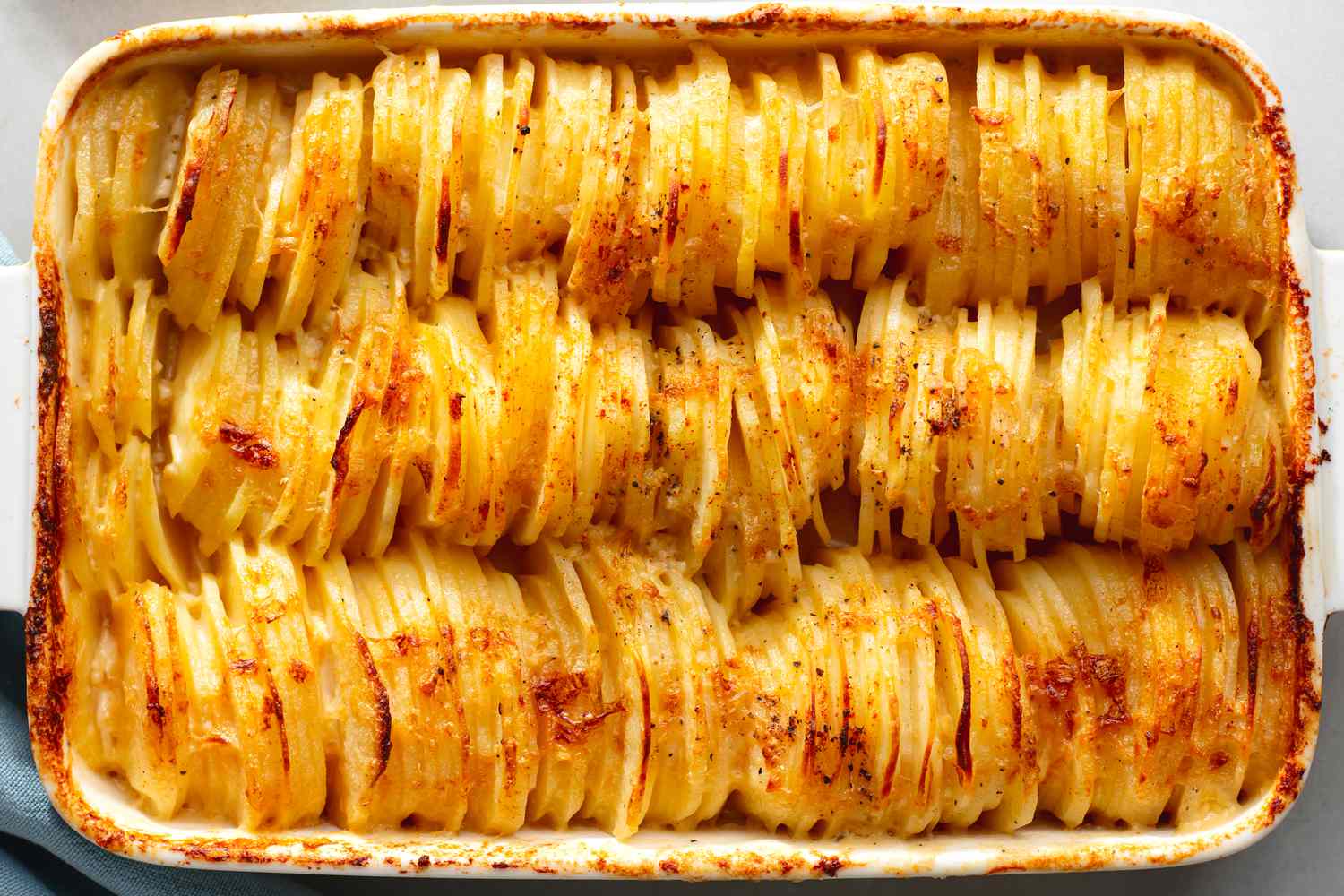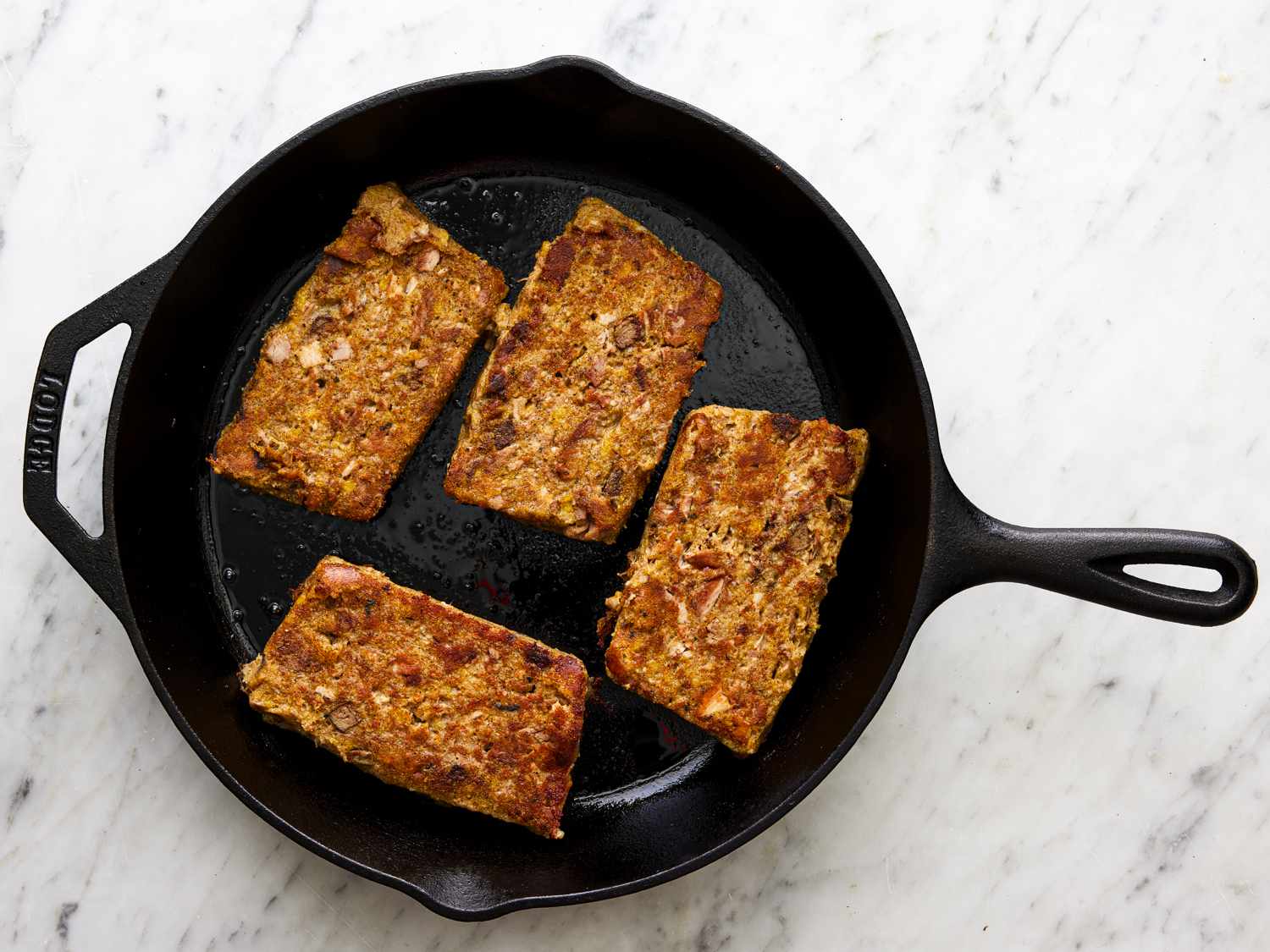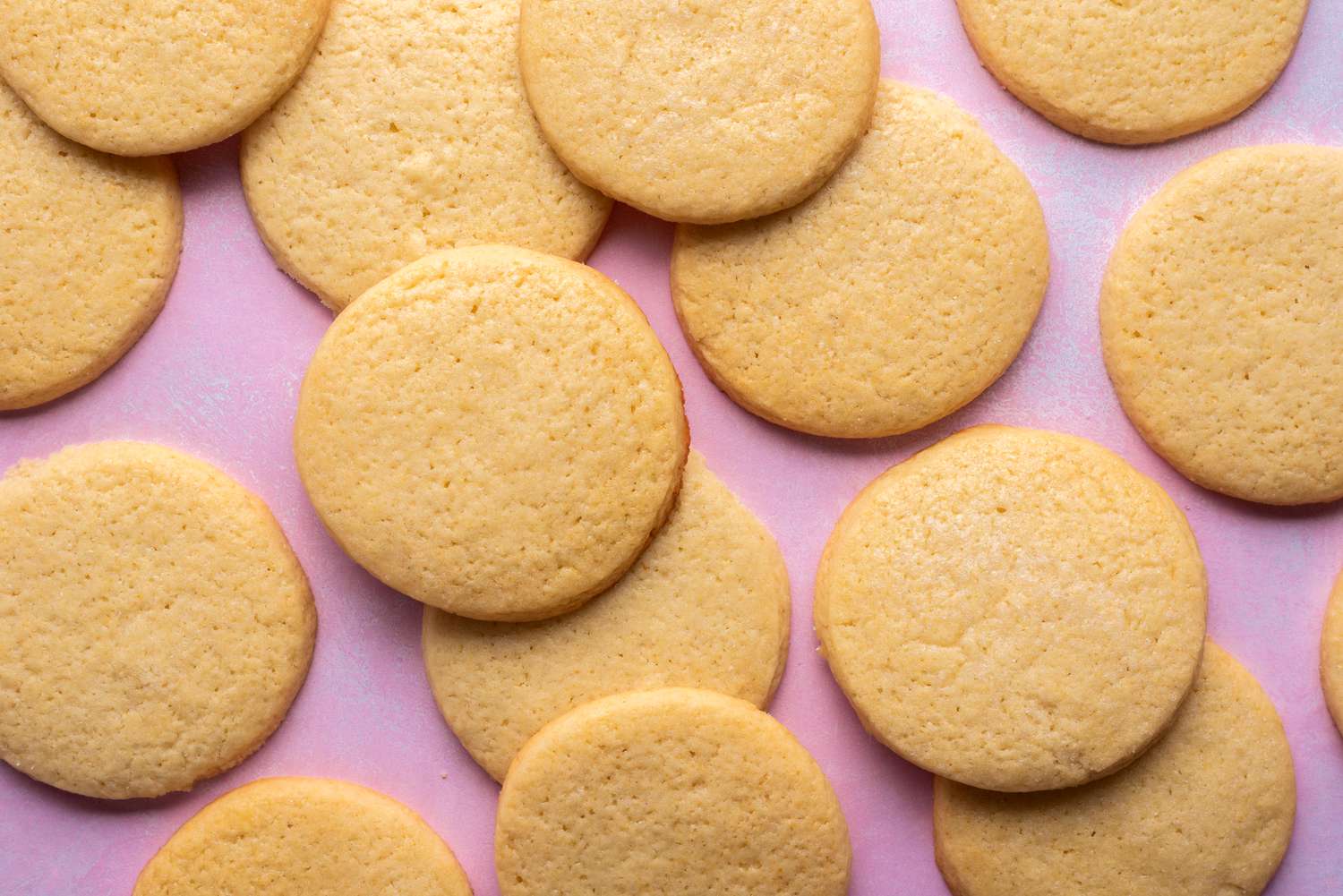Discovering Chayote: A Versatile and Nutritious Vegetable
Chayote, also known as vegetable pear or mirliton, is a versatile and nutritious vegetable that is widely used in various cuisines around the world. This pear-shaped fruit is a member of the gourd family and is packed with essential nutrients, making it a great addition to any diet.
Choosing and Preparing Chayote
When selecting chayote, look for firm fruits with smooth skin and no blemishes. To prepare chayote, start by washing the fruit thoroughly under running water. Then, using a sharp knife, carefully cut the chayote in half lengthwise. Remove the seed in the center and peel the skin if desired. Chayote can be eaten raw or cooked, offering a mild, crisp flavor that pairs well with a variety of dishes.
Ways to Enjoy Chayote
There are numerous ways to incorporate chayote into your meals. Here are some delicious ideas to try:
- Raw: Slice chayote thinly and add it to salads for a refreshing crunch.
- Stir-fry: Cut chayote into strips and stir-fry with your favorite vegetables and protein for a quick and healthy meal.
- Grilled: Brush chayote slices with olive oil and grill them for a tasty side dish.
- Soup: Add chayote to soups and stews for a nutritious boost.
- Pickled: Pickle chayote for a tangy and flavorful condiment.
The Nutritional Benefits of Chayote
Chayote is not only delicious but also packed with essential nutrients. It is low in calories and high in dietary fiber, making it a great choice for those looking to maintain a healthy weight. Additionally, chayote is a good source of vitamin C, vitamin B6, folate, and potassium, all of which are important for overall health and well-being.
Conclusion
Chayote is a versatile and nutritious vegetable that can be enjoyed in a variety of ways. Whether raw in salads, stir-fried with other vegetables, or added to soups and stews, chayote adds a delightful crunch and mild flavor to any dish. With its numerous health benefits and culinary versatility, chayote is definitely worth incorporating into your diet.
So, the next time you come across this unique vegetable at the market, don’t hesitate to pick some up and get creative in the kitchen. Your taste buds and your body will thank you!
